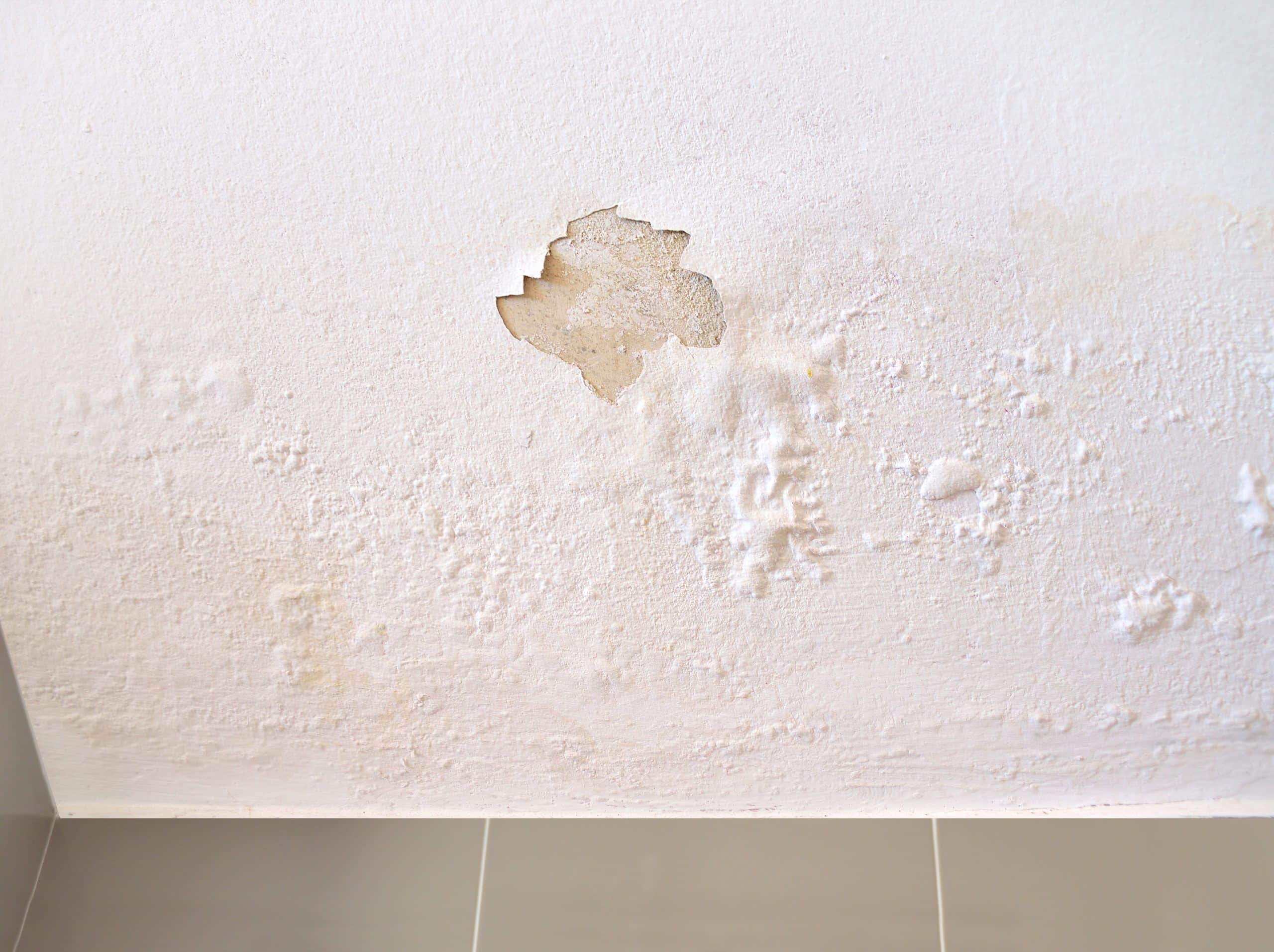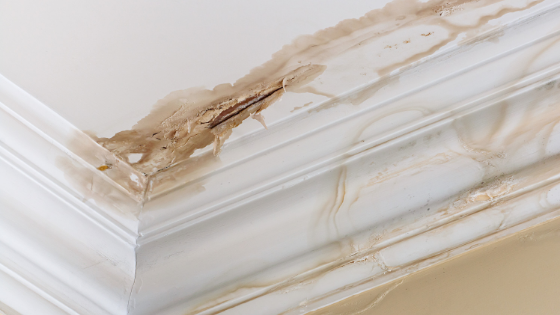Detecting Stains from Water on Walls - Guidelines to Assess and Repair Them
Detecting Stains from Water on Walls - Guidelines to Assess and Repair Them
Blog Article
The content listed below about Water Stains on Walls is highly engaging. You should investigate for yourself.

Water discolorations on walls are not positive to the eyes. Often it appears virtually inescapable to experience water discolorations on wall surfaces in homes.
Homeowners living in damp areas frequently deal with the anxiety of water discolorations on wall surfaces. With precise and all-around info on the causes of water discolorations and also prompt repair work procedures, you will always be a step ahead of such occurrences.
3 Usual Sources Of Water Discolorations on Walls
As opposed to common belief, water discolorations on walls do not always originate from bad building products. There are numerous reasons for water spots on wall surfaces. These include:
Damp
When warm wet air meets dry cool air, it creates water beads to form on the walls of structures. This occurs in kitchens and bathrooms when there is heavy steam from food preparation or showers. The water droplets can stain the bordering walls in these parts of your residence as well as infect other locations.
Moist or condensation affects the roof covering as well as walls of structures. This triggers them to show up darker than other areas of the residence. When the wall is wet, it creates an ideal environment for the development of fungis and also germs. These might have damaging results on health, such as allergic reactions and also respiratory conditions.
Poor Water drainage
This will avoid water from permeating right into the wall surfaces. This links to too much dampness that you observe on the wall surfaces of your building.
The leading reason of wet walls, in this case, can be an inadequate water drainage system. It can also be due to bad monitoring of sewer pipelines that go through the structure.
Pipeline Leaks
A lot of homes have a network of water pipes within the walls. This makes sure that the pipelines are faraway from the reach of devastating rodents. It always boosts the feasibility of such pipes, as there is little oxygen within the walls. This dissuades corrosion.
Yet, a disadvantage to this is that water leak influences the walls of the structure and also triggers prevalent damage. An indication of faulty pipelines is the look of a water tarnish on the wall.
Pro Tip
A houseplant in your house additionally increases its moisture. So, if your house is already moist, you may wish to present houseplants with minimal transpiration. An instance of suitable houseplants is succulents.
Water Stains on Wall Surface: Repair Tips
When dealing with water discolorations, property owners would normally want a fast repair. They would quickly recognize this is disadvantageous as the water discolorations persist. Right here are a couple of practical pointers that will direct you in the repair work of water discolorations on wall surfaces:
Conclusion
No one desires to have water spots on wall surfaces in their home, it can happen to the finest of us. This write-up offers you leverage, as you currently know exactly how to handle this accident if it does take place.
It is always best to recruit specialist services to help take care of the problems in your house.
Often it appears practically unpreventable to experience water spots on walls in residences.
Contrary to popular belief, water spots on wall surfaces do not always stem from poor building materials. There are a number of reasons of water stains on walls. The water droplets can tarnish the bordering walls in these parts of your residence and spread to various other areas.
Below are a couple of helpful suggestions that will certainly guide you in the repair of water spots on wall surfaces:
How to identify and deal with water spots on walls and ceilings
Where is water coming from?
Where is the water coming from? Is the roof above it? Or how about a bathroom? Potentially a leaky pipe? Whatever is up, it’s wet. Repairs cannot be attempted until the source is identified and the necessary repairs made. Otherwise, repairs are moot. The water stain will just come back.
Many times the repair is simple. A common source is water seepage. A shower pan or piping that once had be caulked could have sprung loose causing a slowly leaking pipe. Address potential piping issues before proceeding.
If it’s the roof that’s up, check it for leaks. Roof water is not always attributed to a roof problem. Depending where in the country you are located, you could be looking at an ice dam, which means new insulation and repairs. Roofs can leak, shingles can slip. Again, the repairs must be made before any patch work can happen inside.
Why is there a water spot?
Water stain repairs always come last. Repairing a water stain inside your home before addressing the issue is going to lead to disappointment. Repairs will quickly be taken apart by a continuous leak. You will need to see how wet the area actually is. Potentially, you could be looking at taking out a piece of the ceiling or drywall to get down to a dry bones before moving forward. If you neglect this step, you are sure to have bleed through on the repair.
How to go about fixing the problem?
Clean.
Once the underlying cause of the stain is dealt with, you can begin by cleaning the stain with bleach. Mix one cup of bleach with three cups of warm water and wipe the wall down. This mixture will also remove any leftover mildew, dirt or dust that could prevent a good paint job. Rinse the solution off with a spray bottle and towel.
Prep.
Get a drop cloth set up on the floor below your project. If the mess is on a ceiling, protective gloves and goggles will be crucial. After the area is dry, tape off any areas, like trim, you want to keep paint-free.
Prime.
Use a good quality base coat of stain-blocking primer. Your ceiling is probably painted with an interior latex paint, meaning it is water soluble. Water will destroy this kind of paint and cause lingering issues with your job. The base coat will block this from happening again in the future.
Paint.
After ample drying time, apply at least two coats of ceiling paint, with drying time in between. Oil-based ceiling paints will contain more volatile organic compounds (VOCs) and fumes, so take precautions not to expose yourself to this paint for too long.
Your ceiling should look pristine a new. Provided the problem has been completely solved, there will be no returning halo in your paint job.

As a devoted person who reads on How to Remove Water Stains from Walls and Ceilings, I was thinking sharing that excerpt was a good thing. Make sure you take the opportunity to promote this blog posting if you enjoyed it. Many thanks for your time invested reading it.
Schedule Services Report this page